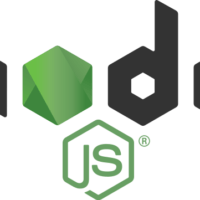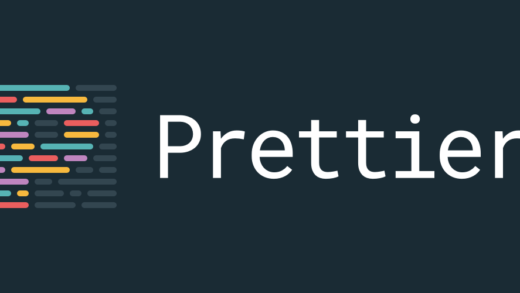
How to Make a Professional Profile Picture in Minutes: A Step-by-Step Guide
Picture this: you’re scrolling through LinkedIn, a dating app, or your favorite social platform. What’s the first thing you notice about someone’s profile? Yep, it’s the profile picture. Whether you want to land your dream job, expand your professional network, or make a great first impression on a dating app,...




















